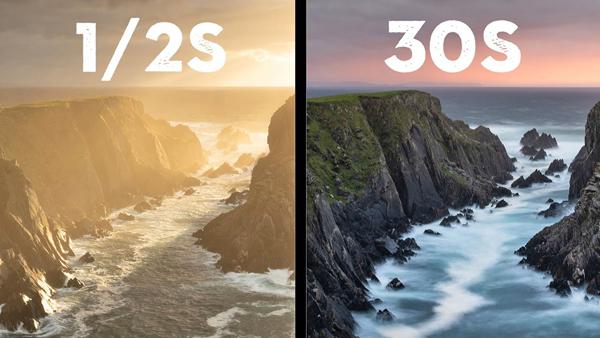This 1 Setting Can MAKE or BREAK a Landscape Photo (VIDEO)

A lot goes into making great landscape photographs, including dealing with ever-changing light, determining the proper point of focus for optimum depth of field, and simplifying complicated scenes with effective composition.
Today were going to keep things simple by concentrating on a single camera setting that one acclaimed pro insists “can make or break a landscape photo.” In this behind-the-scenes tutorial from British nature photographer Nigel Danson, you’ll see how arriving at a correct shutter speed is the most basic way to turn a ho-hum image into a great one.

You’ll follow Danson in Northern Ireland as he photographs some beautiful landscapes and seascapes, under what he calls “the most epic light I have seen in a while. ”Danson also makes a few mistakes along the way, and while analyzing these errors he illustrates how a different shutter speed can makes all the difference in capturing a scene with maximum impact.
An impending storm is the source of awesome skies and captivating light, but these conditions also introduce a few challenges as Danson shoots from a high vantage point atop a cliff, and from ground level along the seashore—both during the day and at sunset.
The location is so stunning that it’s almost impossible to find a bad composition. That’s a rare situation to confront, and enables Danson to concentrate on making several images of various scenes to demonstrate the power of different shutter speeds.

The “best” shutter speed to use depends upon the scene in question, and in this particular situation longer exposures deliver the goods. Danson demonstrates the dramatic difference in results that can be achieved while using shutter speeds of 1/15, 1/8, and those of several seconds, depending upon the time of day—from 6am to just before dark.
By experimenting with the techniques Danson describes, you’re likely to take your landscape photography to a whole new level.
You can find more helpful tips on Danson’s YouTube channel and in another recent tutorial we posted, explaining the best way to edit long-exposure landscape photos.
- Log in or register to post comments













































